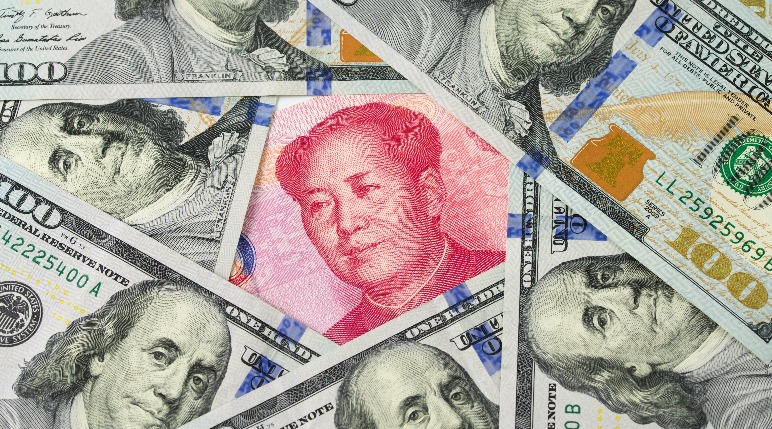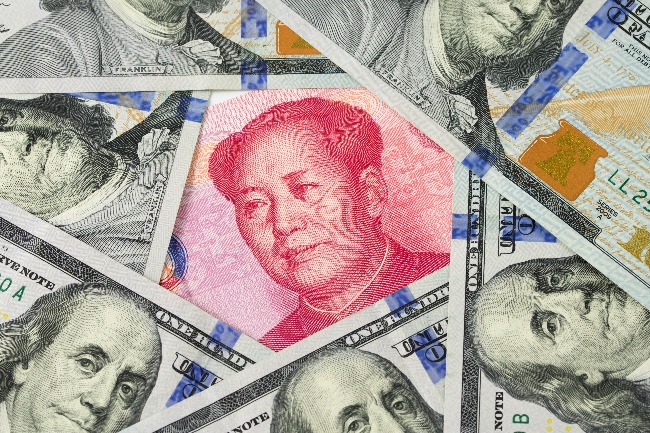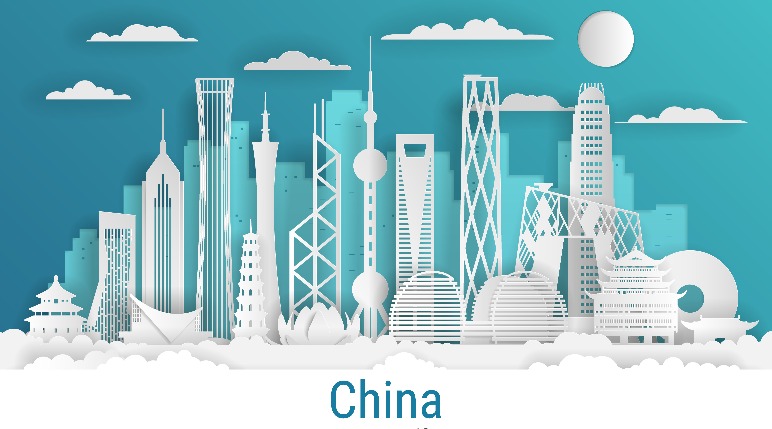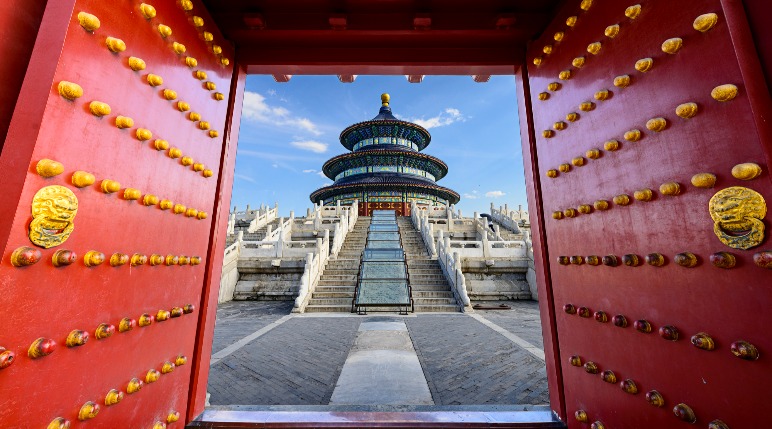
精选观点 & Webinar
Amidst the high risk of holding Developed Market government bonds and credits in an environment of rising inflation and historically low spreads, a frequent lament among institutions and large family offices is “but our mandate requires us to hold bonds.”
Jun 17, 2021
We are delighted to invite Edmund Ng, Founder & CIO of Eastfort Asset Management to share with us the nuances of investing in the China bond markets, and the tailwinds, headwinds and sweet spots for international investors. Edmund brings very deep understand of the China bond markets as a veteran practitioner, and was the Head of the Direct Investment Division of Hong Kong Monetary Authority (HKMA), which under his leadership started to diversify part of its large reserves into other asset classes including CNY bonds. [WATCH NOW]
Jun 16, 2021
The inflation threat is now clear and present. And while equities may tolerate rising US inflation for a while longer, the Developed Market bond markets are highly vulnerable.
May 26, 2021
China’s tough new regulations on its tech giants will result in competitive gains for consumers, level the playing field for small and medium enterprises, and generate productivity gains for the economy.
May 24, 2021
KOSPI and TWSE outperformed the S&P 500 over 6 months and 12 months. South Korea’s KOSPI and Taiwan’s TWSE indices have outperformed the S&P 500 over the past 6 months and 12 months. However, on a year-to-date basis, the S&P 500 has done better than the KOSPI but continues to lag the TWSE by a long way.
May 06, 2021
It is inevitable that the traditional 60/40 asset allocation split between bond and equity no longer work well as the fixed income portion is not generating sufficient stable income.
May 06, 2021
As our Senior Advisor Sayboon Lim stated in the article “Gimme shelter” that it is essential for investors to have China sovereign bonds in their asset allocation, it would be timely for us to introduce the newly launched Premia China Treasury and Policy Bank Bond Long Duration ETF for your consideration.
Apr 28, 2021
Index provider FTSE Russell will add Chinese Government Bonds (CGBs) to the FTSE World Government Bond Index (WGBI) over three years from the end of October – a move that is expected to draw billions of Dollars of new portfolio inflows. Already, there has been a sharp increase in foreign inflows into RMB bonds over the past 12 months, accelerating soon after the start of the pandemic. In this 2-part series, our Senior Advisor Say Boon Lim highlights the drivers for new demand for CGBs and the reasons to own them.
Apr 22, 2021
A popular media narrative for the recent correction in Chinese equities was that it was caused by tightening of financial conditions in China.
Mar 31, 2021
Being the first-in-first-out, China has been the first one to reopen and recover from the pandemic last year. While the recovery has been uneven and is still underway going into 2021, in Q4 we observed sector and factor rotation started to kick in, with Value and LowRisk being the best performers toward the year end.
Mar 23, 2021
Premia 图说


赖子健 , CFA
CFA
Following the Xi–Trump meeting at the recent APEC Summit, market sentiment has turned cautiously optimistic on hopes of a renewed trade truce between China and the US. Some investors, however, view this détente as a sign that China’s drive for technological self-sufficiency could ease. Although the meeting did not address whether Nvidia’s latest Blackwell-series AI chips might be exported to China, speculation has risen that improving relations could lead to a relaxation of export restrictions — a development some perceive as negative for Chinese semiconductor and hardcore tech names. We take a different view. China’s determination to reduce reliance on imported technology remains firm. Recent initiatives, such as the reported requirement for state-funded data centers to adopt domestically produced chips, underscore the government’s resolve to build a self-sustaining semiconductor ecosystem. In mid-October, China Mobile also announced plans to construct the nation’s largest intelligent computing infrastructure by 2028, featuring a “100,000-GPU cluster” that will fully utilize domestic chips. Top Chinese officials have reiterated that innovation and advanced manufacturing remain core national priorities. These developments suggest that even if US export curbs were relaxed, China’s policy direction will continue to favor domestic research, production, and technological substitution. For investors looking to capture this structural growth opportunity, the Premia China STAR50 ETF provides an efficient and diversified vehicle. It offers focused exposure to leading STAR Market companies at the forefront of China’s innovation agenda — from semiconductors and AI to next-generation industrial technologies — positioning investors to benefit from the country’s ongoing technology upgrade.
Nov 10, 2025












